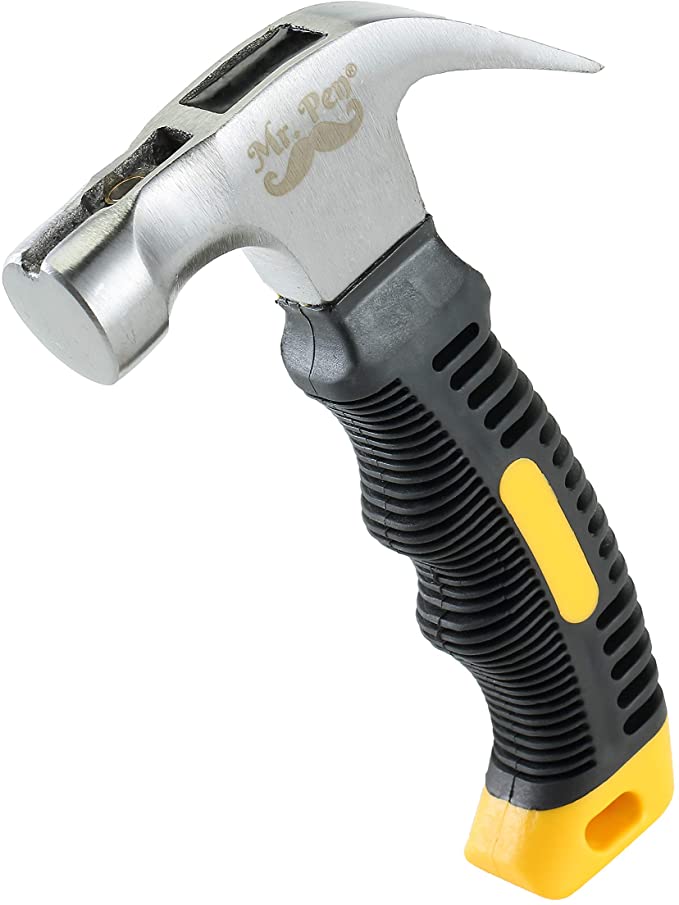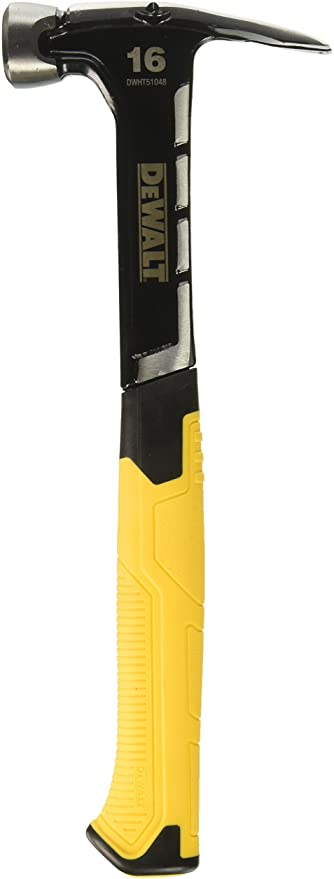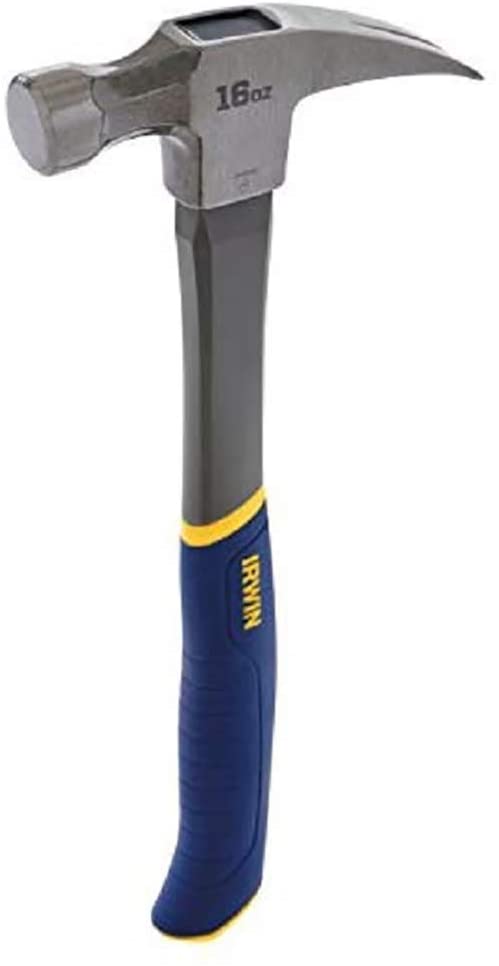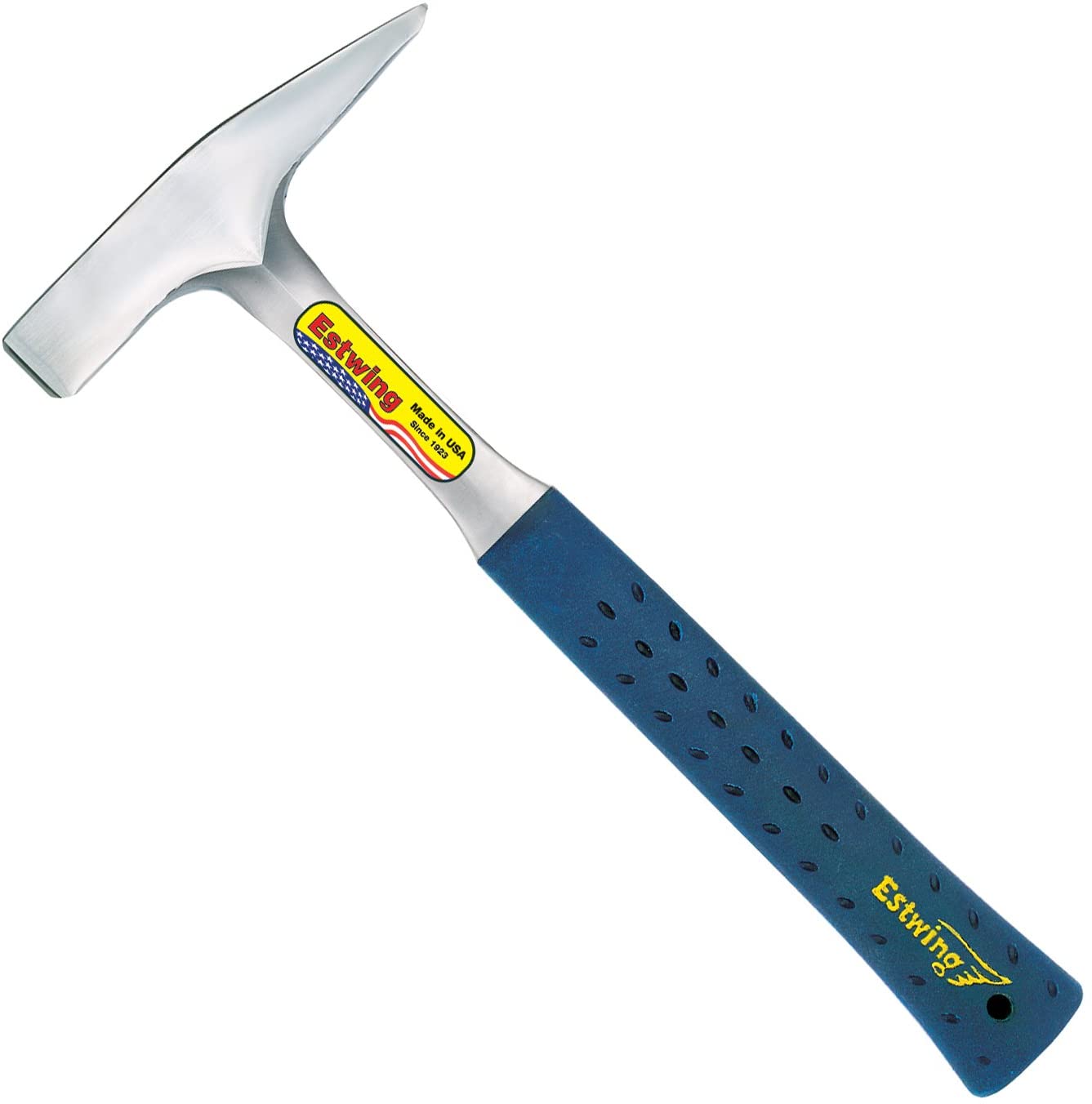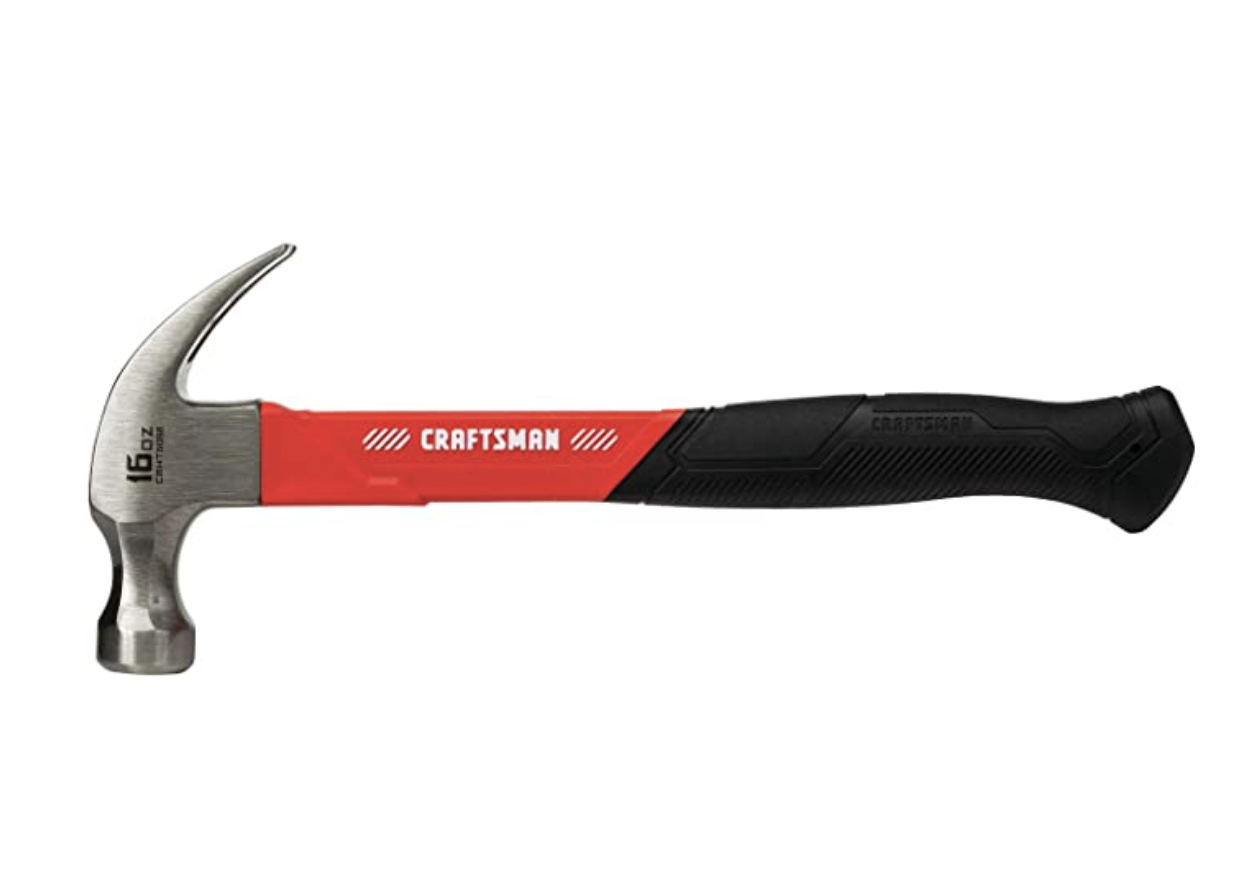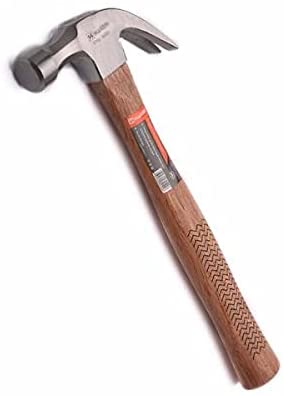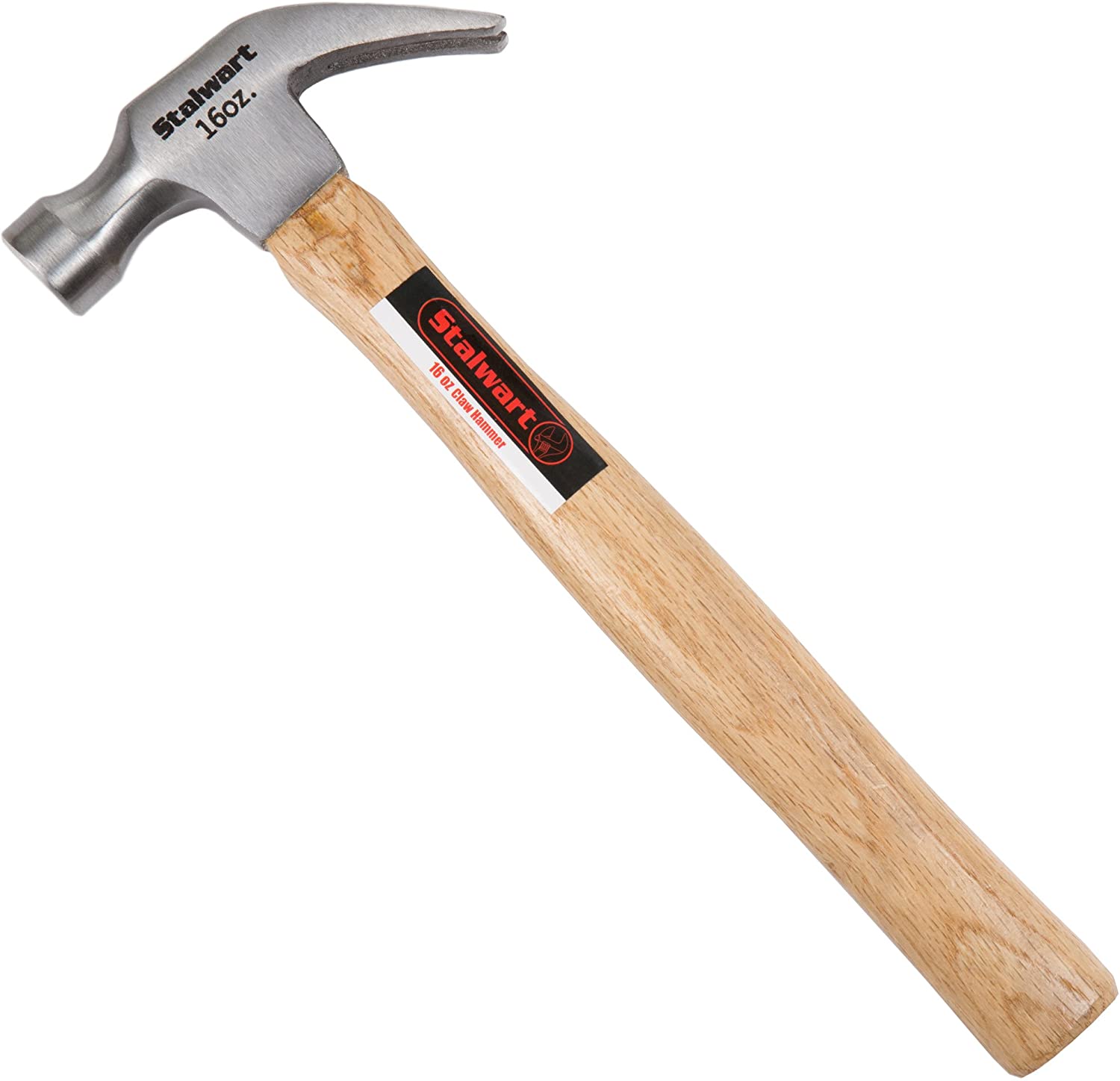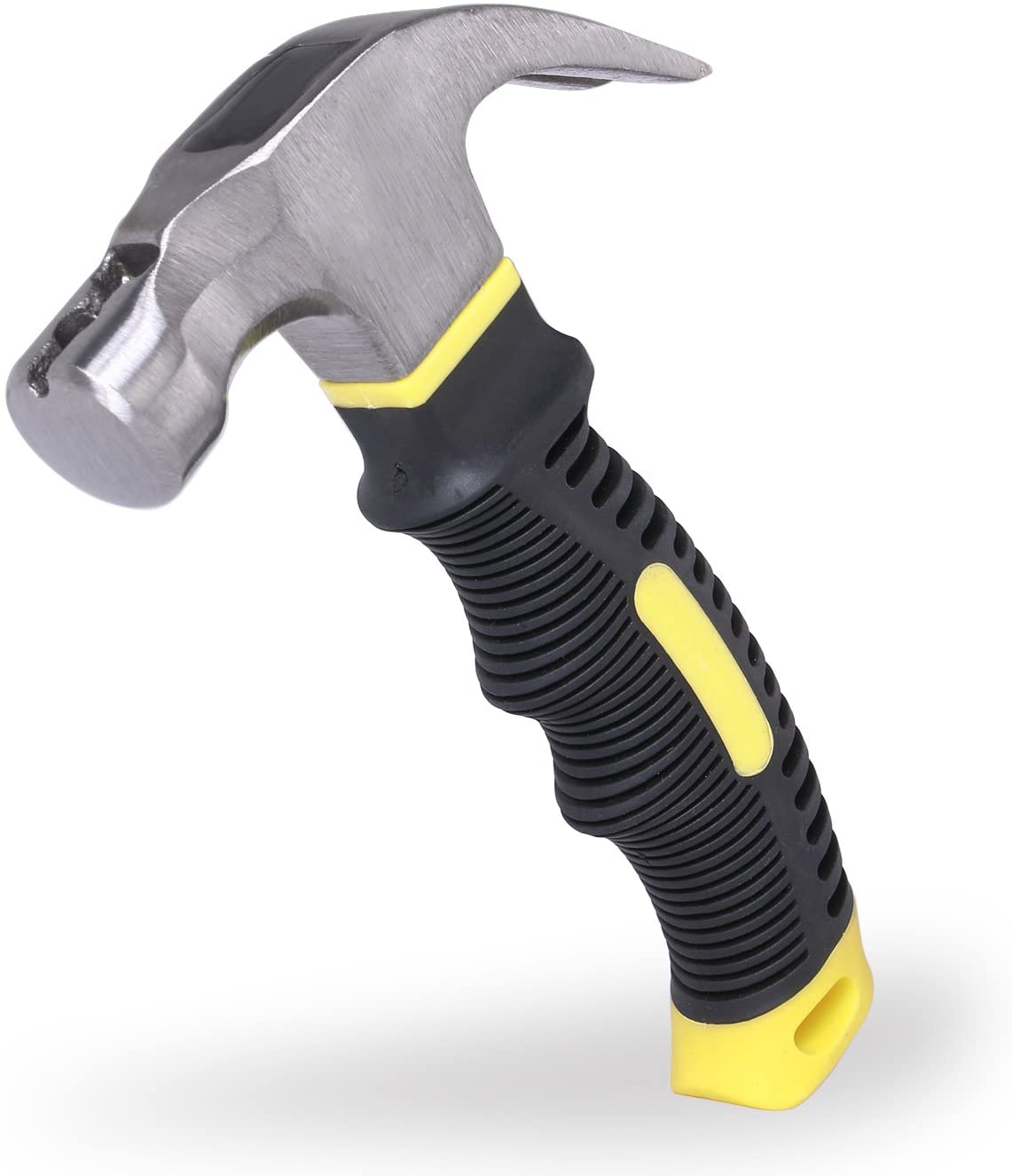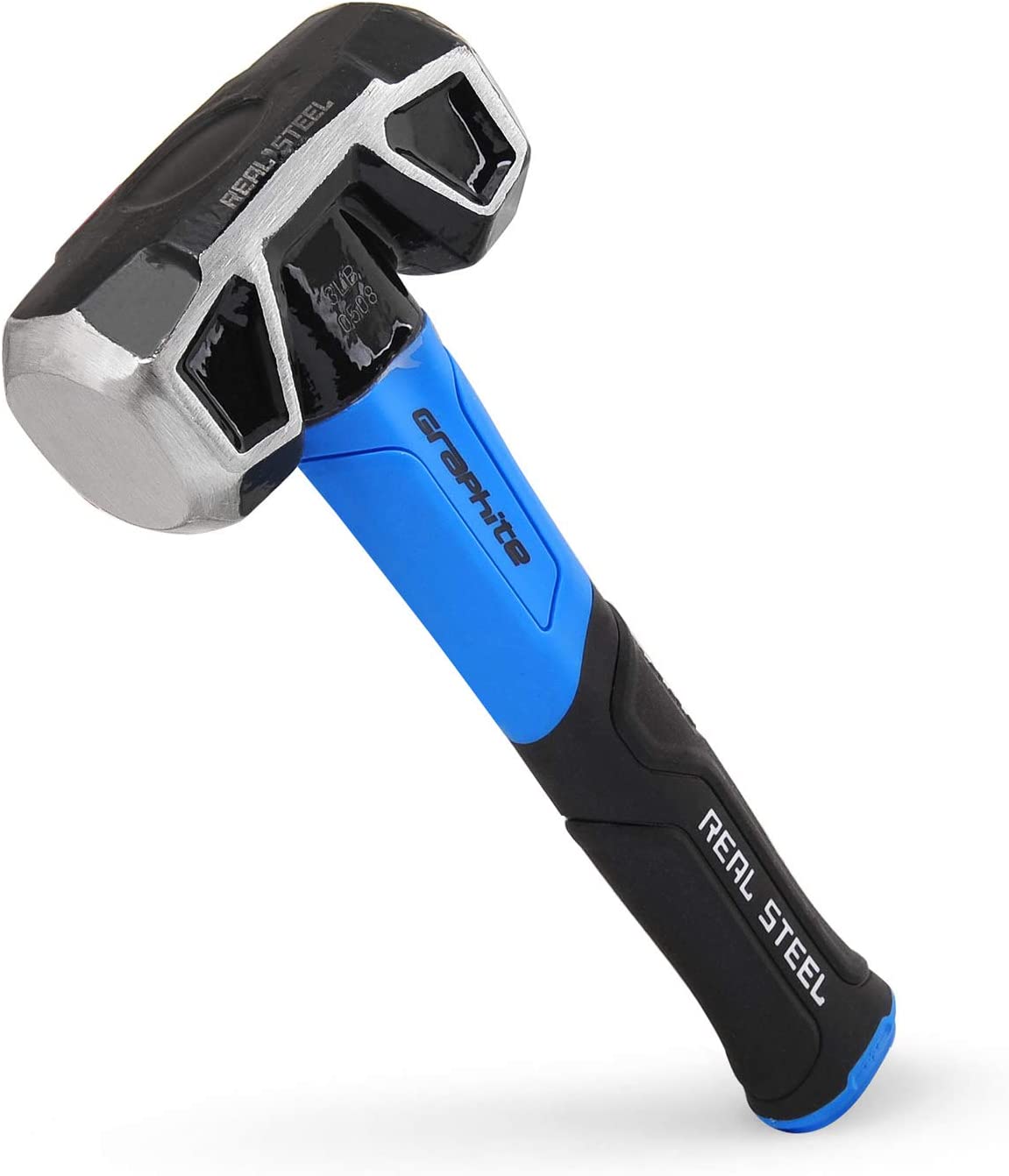Mr. Pen Magnetic Ergonomic Hammer, 8-Ounce
Last updated: July 1, 2022
If you're searching for a hammer with an ergonomic design and a solid grip, this model is your best bet. In addition to being easy to hold and use, this hammer is outfitted with a magnetic nail starter, nail puller and a handy hanging hole. It's also compact in size, making it perfect for everything from camping to small home projects.
We looked at the top Hammers and dug through the reviews from some of the most popular review sites. Through this analysis, we've determined the best Hammer you should buy.
Product Details
Key Takeaway: You'll love the affordable price tag on this solid and reliable hammer.
In our analysis of 23 expert reviews, the Mr. Pen Magnetic Ergonomic Hammer, 8-Ounce placed 1st when we looked at the top 9 products in the category. For the full ranking, see below.From The Manufacturer
Mr. Pen 8oz Hammer, Made from High Density Carbon Steel, Anti-rust and Durable. Ergonomic Non-Slip Soft handle. Perfect Size, Easy to Carry, convenient for work. Magnetic Nail starter and Hammer Claw to easily remove nail. Ideal for woodworking, DIY Projects, Either at Home or Shop.
